5 Engineering Projects You Can Do in Your Science Class
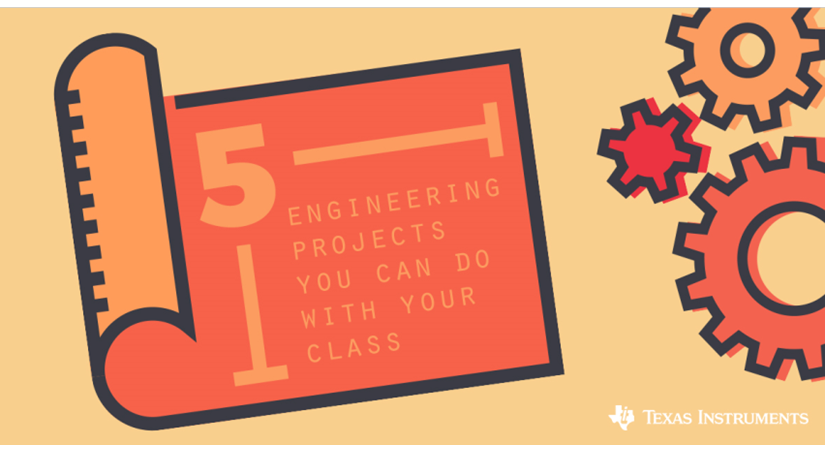
Bring awareness to the many career options that exist in the field of engineering by challenging your students to solve the problems listed below. They will have fun, work together, and learn about different engineering fields that use science every day.
1. Environmental Engineering – The Garbage Problem!
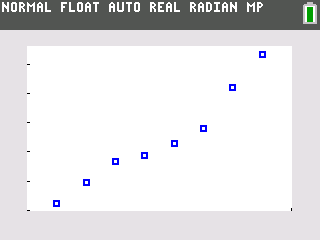
Earth & Environmental Science
Environmental engineers solve a variety of environmental issues, including what to do with all of our garbage. They assist developers in thinking about the environmental impact of garbage when creating new neighborhoods or businesses. In the “Garbage Problem” activity for the TI-84 graphing calculator, students realize how much garbage we create, which can lead to great discussions about finding reasonable solutions to a problem we have yet to solve.
2. Chemical Engineering – A Good Cold Pack!
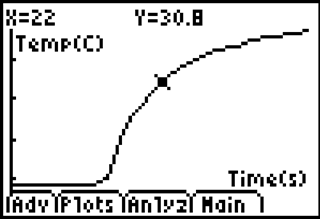
Physical Science and Chemistry
Chemical engineers use elements from the periodic table to design solutions to thousands of challenges and opportunities every day! From creating better processes to design microchips to creating the best cold packs for lunch coolers, chemical engineers are in high demand. In this activity, students collect data to inform their decisions on designing the best cold pack.
3. Biomechanical Engineering – It’s Alive!
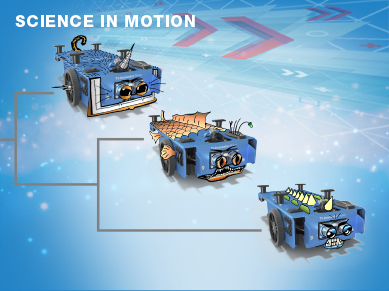
Life Science and Biology
Biomechanical engineering covers a wide range of careers and possibilities. Biomechanical Engineers work on a variety of projects – from creating solutions for people who have lost limbs to developing medical solutions, such as artificial organs. These problem-solvers are becoming increasingly important as technological breakthroughs continue to use machines to improve the lives of people with health issues. In this activity, students run a program for a robotic vehicle that emulates a living organism. As students observe the behaviors of the unknown “species”, they start thinking about the interactions between machines and living systems.
4. Electrical Engineering – Build a Speaker!
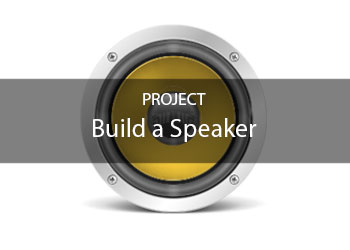
Physics
Electrical engineers develop solutions for every electrical device on the planet. From your cell phone to solar farms to smart cars, everything that uses computer commands uses microchips that are designed by electrical engineers. They are essential to connecting and powering our modern world. As you may imagine, there is a huge demand for more electrical engineers. In this activity, students combine the physics of vibration/sound with electricity and coding to build their own speaker.
5. Mechanical Engineering – Exploring the Depths!
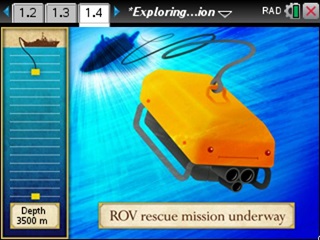
Physical Science
Mechanical engineers are responsible for designing machines big and small – from the engine under the hood of the newest sports car to the joy stick for your game console. Almost everything that has moving parts was designed by a mechanical engineer. Mechanical engineering is also among the oldest of the engineering disciplines and has a rich history. This activity requires your students to use mechanical engineering skills to rescue a deep ocean rover from the murky sea floor.
Tags:
Tagcloud
Archive
- 2025
- 2024
- 2023
- 2022
-
2021
- January (2)
- February (3)
- March (5)
-
April (7)
- Top Tips for Tackling the SAT® with the TI-84 Plus CE
- Monday Night Calculus With Steve Kokoska and Tom Dick
- Which TI Calculator for the SAT® and Why?
- Top Tips From a Math Teacher for Taking the Online AP® Exam
- Celebrate National Robotics Week With Supervised Teardowns
- How To Use the TI-84 Plus Family of Graphing Calculators To Succeed on the ACT®
- AP® Statistics: 6 Math Functions You Must Know for the TI-84 Plus
- May (1)
- June (3)
- July (2)
- August (5)
- September (2)
-
October (4)
- Transformation Graphing — the Families of Functions Modular Video Series to the Rescue!
- Top 3 Halloween-Themed Classroom Activities
- In Honor of National Chemistry Week, 5 “Organic” Ways to Incorporate TI Technology Into Chemistry Class
- 5 Spook-tacular Ways to Bring the Halloween “Spirits” Into Your Classroom
- November (4)
- December (1)
-
2020
- January (2)
- February (1)
- March (3)
- April (1)
- May (2)
- July (1)
- August (2)
- September (3)
-
October (7)
- Tips for Teachers in the time of COVID-19
- Top 10 Features of TI-84 Plus for Taking the ACT®
- TI Codes Contest Winners Revealed
- Best of Chemistry Activities for the Fall Semester
- Best of Biology Activities for the Fall Semester
- Best of Physics Activities for the Fall Semester
- Best of Middle Grades Science Activities
- November (1)
- December (2)
- 2019
-
2018
- January (1)
- February (5)
- March (4)
- April (5)
- May (4)
- June (4)
- July (4)
- August (4)
- September (5)
-
October (9)
- Art in Chemistry
- Which Texas Instruments (TI) Calculator for the ACT® and Why?
- Meet TI Teacher of the Month: Jessica Kohout
- Innovation in Biology
- Learning With Your Students
- A first-of-its-kind STEM strategy charts path to help educators
- #NCTMregionals Hartford 2018 Recap
- The Math Behind “Going Viral”
- Real-World Applications of Chemistry
-
November (8)
- Testing Tips: Using Calculators on Class Assessments
- Girls in STEM: A Personal Perspective
- 5 Teachers You Should Be Following on Instagram Right Now
- Meet TI Teacher of the Month: Katie England
- End-of-Marking Period Feedback Is a Two-Way Street
- #NCTMregionals Kansas City 2018 Recap
- Slope: It Shouldn’t Just Be a Formula
- Hit a high note exploring the math behind music
- December (5)
- 2017
- 2016
- 2015
